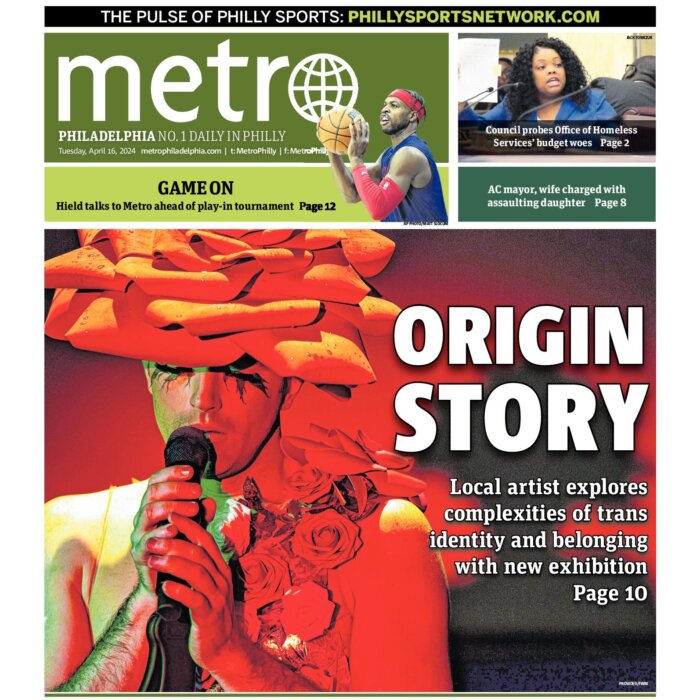 The Pop Project homes are designed with cork insulation.
The Pop Project homes are designed with cork insulation.
Credit: Orange Concept and Postgreen Homes
Philly developer Postgreen Homes takes sustainable, eco-friendly housing seriously. They build affordable homes, mainly in East and South Kensington, that meet LEED and Energy Star standards. In a word: green, very green. We’re talking homes with storm water collection, solar thermal power and dual flush toilets.
Postgreen’s newest design will bring a celebratory feel to Blair Street.
“Wait, I should make sure I say this right,” says Chad Ludeman as he sticks a finger in his mouth, presses it against his cheek and snaps it out. “Pop! It’s our Pop Project,” he explains, trying to imitate the sound of a bottle of bubbly being cracked open. Ludeman is the President of Postgreen Homes, and he’s excited about the company’s latest endeavor. “Basically, it’s two single-family homes on Blair Street in East Kensington,” he says. Sounds simple enough. The twist? High-density expanded cork will be used as both exterior cladding and insulation on the upper levels of the homes.
“Cork’s being used a lot on commercial buildings in Europe, which gave us the confidence to work with it,” says Ludeman.
According to Ludeman, the Pop homes will be the first in the U.S. to use expanded cork as cladding and insulation. “There is one company that’s doing it too, and they’re racing us. But they’re a few weeks behind us,” he says. “We’re trying to insulate the home as best as possible. Expanded cork is a dual use, low-embodied product. And it’s renewable. It’s natural and it’ll be interesting to see how it changes, like patina, over time.”
And aside from expanded cork’s ability to insulate a home and protect the exterior, Ludeman understands that it’s also just cool. “It’s dynamic and interesting,” he says. We’ll drink to that.
Leave some cork for the wine
When asked if he thought the expanded cork cladding would catch on, Ludeman is not sold. “We might see a couple more pop up, but the material isn’t readily available,” he explains. But that doesn’t mean that there’s a cork shortage, it just means a lack of U.S. distributors. According to Cork Forest Conservation Alliance, “there is enough cork to close all wine bottles for the next 100 years.”





























